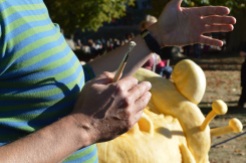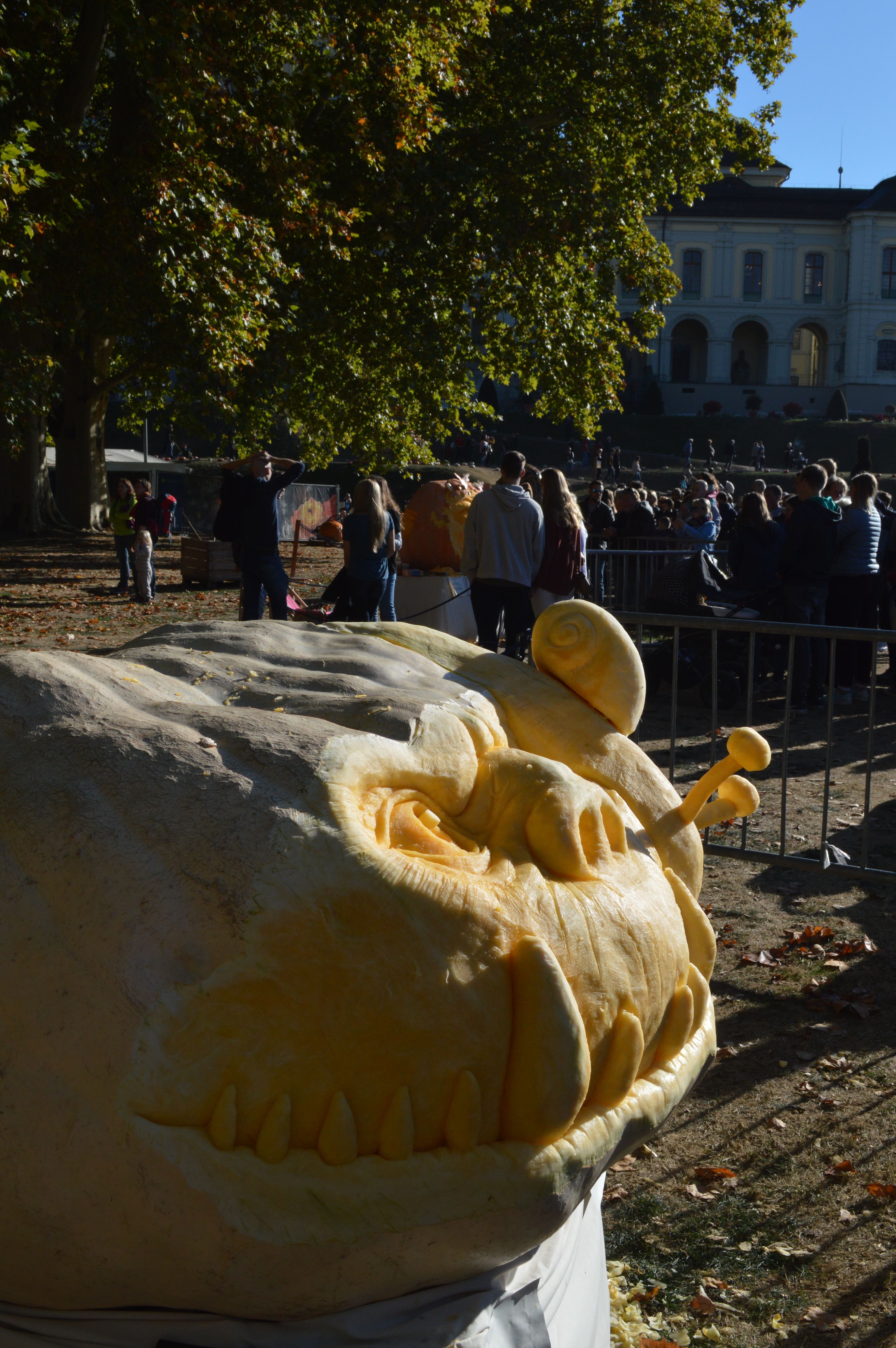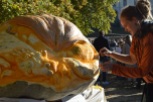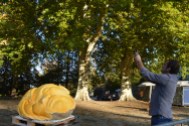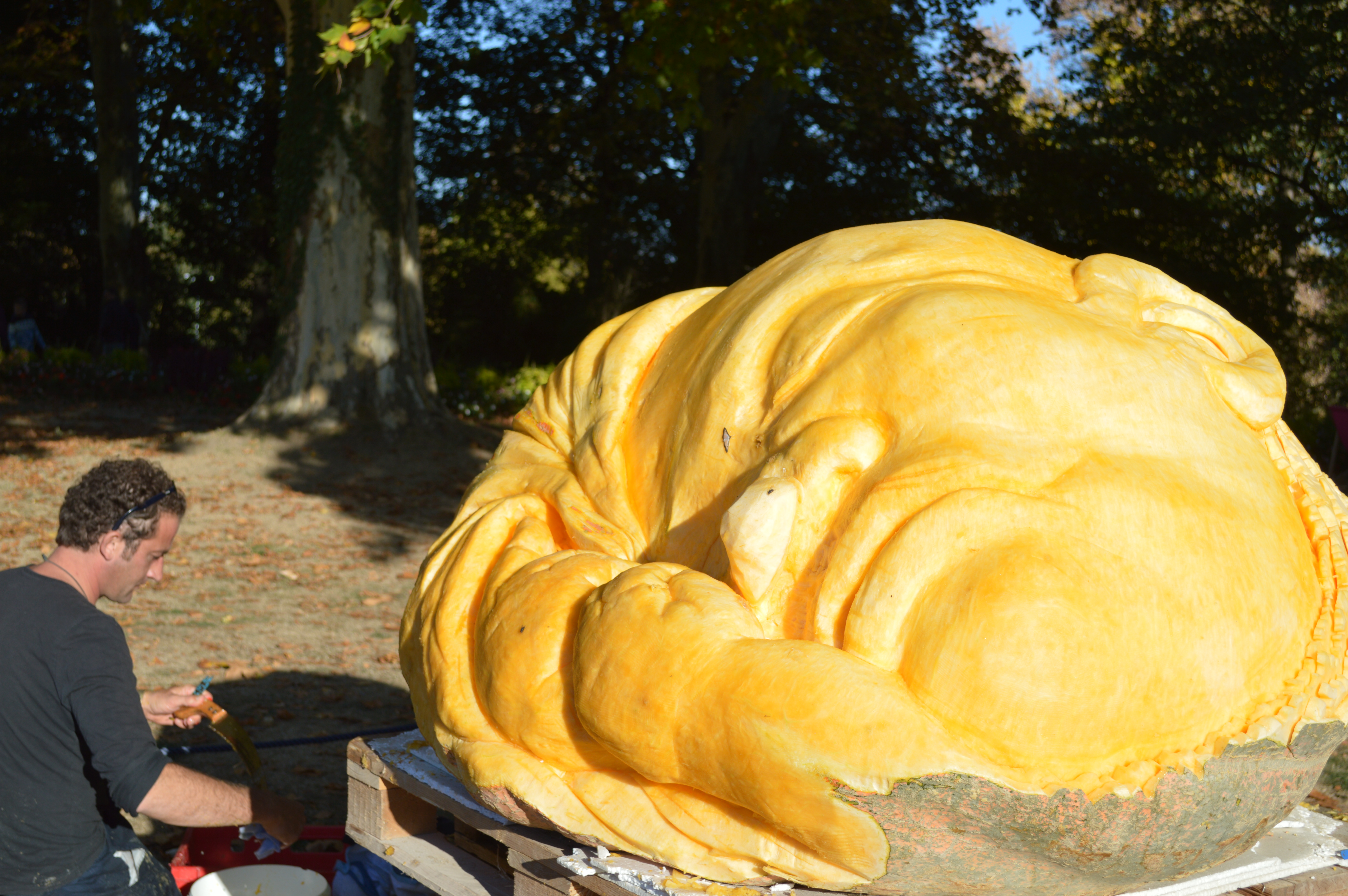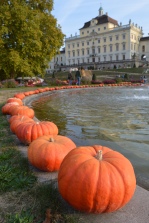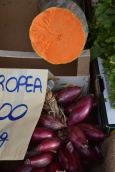Dear farm, garden, and culinary friends, It has been a dramatic year since I left the little farm project in Hawaii. It was shocking to stop one thing, and move onto another, especially when you don’t know what the next thing is going to be. It wasn’t entirely my choice to stop farming, but in order to write about my years of exploration, I know that I need to write from a reflective place. It also was getting too difficult to physically protect what I had worked so hard for, I’ve always felt that it was hard to keep boundaries in farming, and so few understand how hard it is to do what you do.
I miss many things, but there is a point when you have learned what you needed to learn, then it is time to go out into the world, and see what else there is, and compare notes and strategies with people all over the world. As opportunities were happening outside of my island, it opened up many connections to places around the country and the world. I began to get more inspiration from other places with rich culinary traditions, like Italy, or the giant pumpkin growers on the US mainland and in Europe. My mind began to wander, and wonder more about those pumpkins that I grew from Thailand, and Japan, Georgia and Armenia. I began to think about what their culinary traditions were, as well as how they grew them there.
My plans were to use my education and classroom experience to teach at a university in China. I was planning on continuing my culinary and agricultural research while there. As things would happen, my visa process was delayed to the point that I couldn’t make the fall semester 2019, then we know what happened next. It was deeply troubling to see China in the throws of Coronavirus. I attended to everything from seed storage in NYC to distributing family heirloom treasures to my cousins, while also attending to the many things that need to occur before you can achieve a launching platform for a life more nomadic.
The emails and social media messages poured in with the general summary being, “you can’t stop.” Although one area, the little farm, had to stop, while my research and education would not. Regardless, people were not happy with my decision to step out of Hawaii so to reflect. I didn’t know then that I would get perhaps too much reflection time due to Covid, and all of that time would be spent very alone on the other side of the planet. Mandatory lock down in Europe during Covid was both rewarding, and frightening. I bunkered down in Prague after only one month of teaching. I was barely launched into the “what’s next” when the world came to a screeching halt.
I had dreams of treating the Covid time as a government imposed writing residency, with daily writing and reflection punctuated with research. It didn’t turn out that way, as I, like so many of you, were shocked and numb. I did force a return to my writing, and I felt like a part of me again took flight. The flight path was neither steady or predictable, but it was an upward trend after a lot of what felt like nothing. Writing became one of my quarantine explorations, along with learning how to use an espresso machine to make a soy cappuccino, and watching nearly every available video in the NYPL online library catalog. I felt so far away from all that I knew, but I also have been through times like this: a time of rebirth. For as much as I wanted to be able to settle in, I needed to face other things, primarily years of grief, loss, and the anxious moments that they unleash.
As much as I wanted to pull the blankets over my head, I went forward in small steps dictated by border closures, and new regulations imposed due to the State of Emergency in the Czech Republic and beyond. I reset my worn body and mind the best I could. After 7 years of an exhaustive effort at farming, it was both foreign and awkward to force rest. My body had been rewired to be active to the point of exhaustion: a multi year exhaustion that was hard to shake free from. How does one shift from one extreme to the other? Slowly, and with patience.
I have allowed myself to sleep, eat, and watch lots of films. I’ve allowed myself to return to a more reflective state that I had before switching from garden research to commercial farm. I’ve given myself time to process long held grief.
Along the way, words began to appear. Thoughts and reflections on life both on the farm, as well as life as seen through my travels were emerging. I began to give myself the time to remember. The time to walk, look, recall, and occasionally that would become a small spark of a dream. I found myself facing off with fears that I thought had gone away. In the long pauses and silence of Covid, they had been shaken free. As I processed memories, some nightmares emerged out of the darkness.
At times I relished in being a hermit, by simply enjoying the great luxury of being safe, healthy and free, all while being tucked into a tiny historic flat. When anxious moments arose, I’d put on my mask and walk to the grocery store: fixating upon labels printed in a variety of Slavic languages that I couldn’t read. The labels were a visual depiction of the distance that I felt in my heart. I found hope in well stocked shelves and strangers.
My days grew busy with research into where I could go, and when. Where could I teach? Where could I enter? Would a Czech visa come to pass? The data changed frequently, leaving weeks to be filled with little more than statistics and analysis.
At some point, I decided that I need to stop planning, as the plans all fell through. One entire year of plans fell like dominoes. With Covid, any and every plan seemed hard to pull off. The second visa that I had worked to achieve was falling out of my grasp. My security documents for teaching were expiring, and borders remained closed. I found a neighbor who was in the same situation. She too could no longer get her work visa processed, and the EU needed her and I to exit. A solidarity occurred when I needed it most. We both had to take the plunge away from our plans, and into the unknown. She took a bus to a new country; I took the night train.
I’m now five weeks into that unknown, and my future is no more certain now as it was then. One thing that did emerge was the practice of writing. I’ve tried to make writing a top priority. On more days than not, writing is my only priority. It is something that no matter what the future holds, I will never regret doing it. In a time when planning doesn’t help, looking at moments, one page at a time, gives shape to an otherwise blurry time in our history.
I feel as if my writing is something that I need to defend, like I once did with my art. It threatens people, rattling them in such a way that they make uncaring remarks, and interrupt when you’ve asked them not to. After months of being alone and silent, I’m now fighting off people who only want to talk enough so to dampen my work. When I asked a pushy neighbor why writing isn’t valued as work, I received a blank stare followed by a trail of their own insecurities. My question remained unanswered. Writing takes time, focus, and discipline. I’m finding it also takes courage and strength. You are making yourself both vulnerable to attack, and empowered all at once.
We will see what happens during these next weeks of writing and reflecting during these uncertain times. I’ll continue to revamp the old website, while writing away in my notebook and online. Just know that you all are not forgotten, your kind words have given me strength to stand up and speak about my experiences time and time again. It perhaps goes without saying that when I had to leave the Czech Republic, I left for a country with a notable squash production. I may be a long way away, and traveling on a sometimes dark and winding road, but I’m the same girl who remains fascinated with these fat fruits. Rest assured, my friends, that as autumn approaches, I will have squash in my sights.




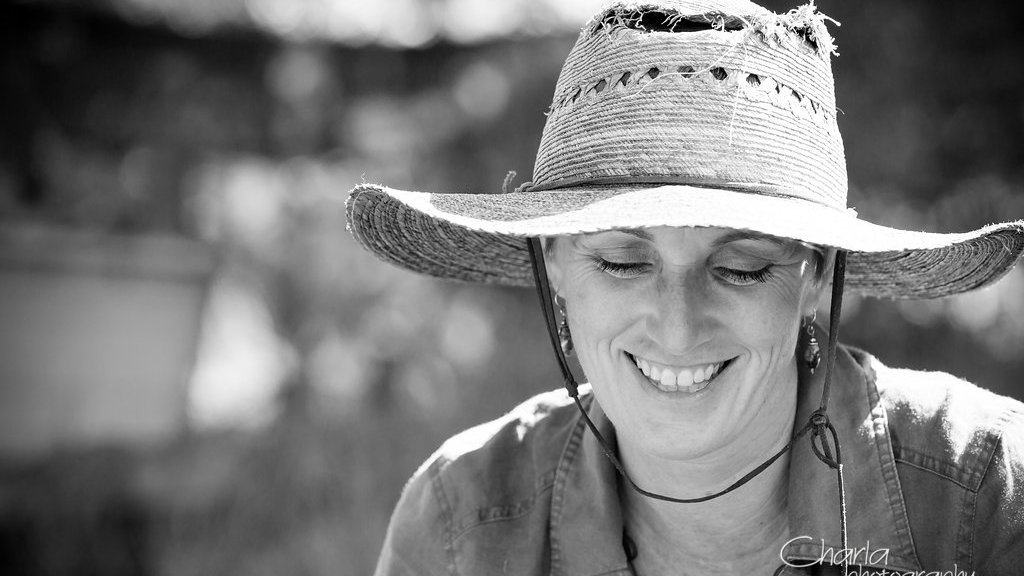
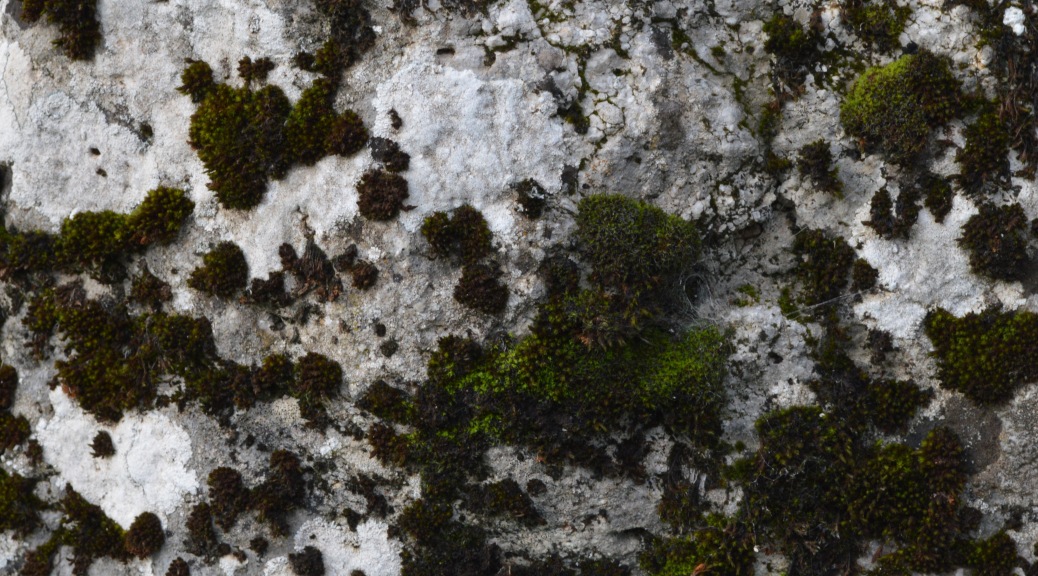












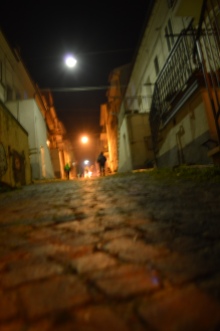



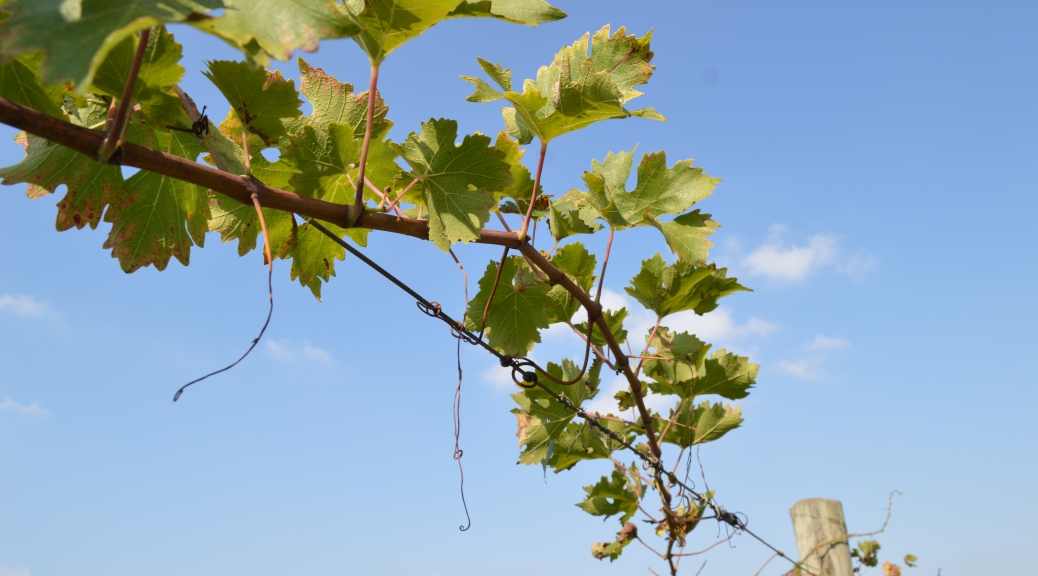
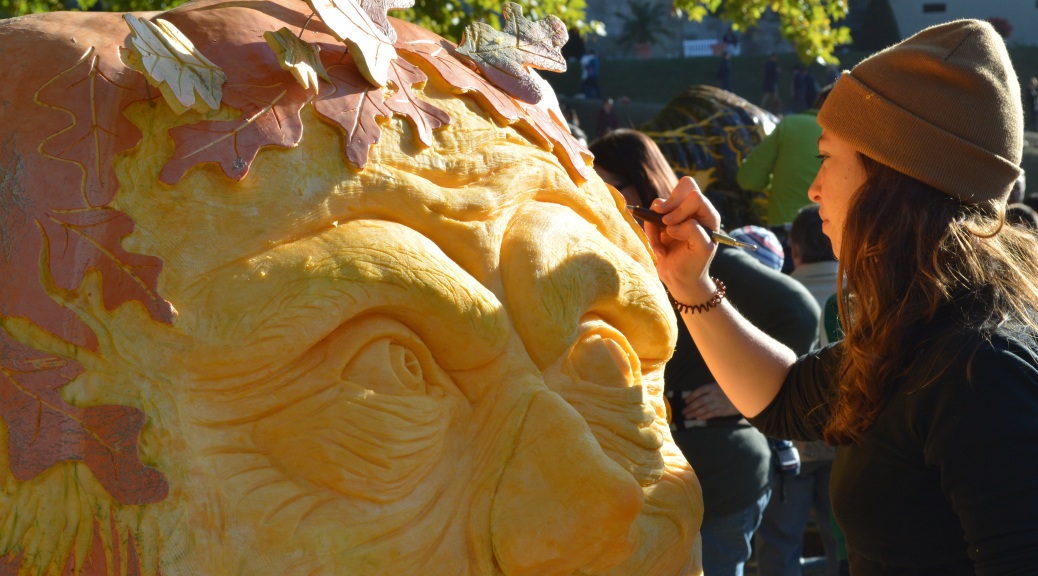
 I had planned to arrive at Bluhendes Barock, this past Sunday, to watch international sculptors transform giant pumpkins into works of art, but I just couldn’t wait. I decided to go to the festival a day early, so to visit the selected pumpkins before they were paired with an artist.
I had planned to arrive at Bluhendes Barock, this past Sunday, to watch international sculptors transform giant pumpkins into works of art, but I just couldn’t wait. I decided to go to the festival a day early, so to visit the selected pumpkins before they were paired with an artist.





